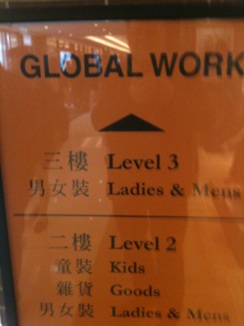Project Transiency
Transient Multilingual Communities
A key assumption in sociolinguistics and related fields has traditionally been that interaction within communities tends to proceed on the basis of some degree of shared understanding of social and
linguistic norms. However, in ‘transient multilingual communities’ (Mortensen 2013; Mortensen & Fabricius 2014), defined here as communities where people from diverse sociocultural and
linguistic backgrounds come together for a limited period of time to work on a common project, such shared assumptions cannot be assumed to be in place a priori. On the contrary, members of transient communities have to negotiate sociolinguistic norms, including norms related to language choice, the meaning of particular styles of speaking, norms of politeness and so on, as part of their process of mutual socialization. This presents a challenge to the participants, not least in professional settings. How to collaborate successfully across sociocultural and linguistic boundaries
in settings characterized by transience arguably constitutes one of the biggest challenges of late modernity. It also presents a challenge to sociolinguistic theory, which – by and large – has been
developed on the basis of conditions found in more stable communities, whether mono- or multilingual. This means that existing theory is not particularly well suited to account for the highly dynamic sociolinguistic processes that are typical of transient communities where norms of language use and social interaction are under perpetual negotiation.
Hartmut Haberland
Project Director, Professor, RUC
Janus Mortensen
Associate Professor, University of Copenhagen
Challenges offered by TMCs
Transient multilingual communities (TMCs) offer a number of challenges to established sociolinguistic theory.Two broad areas we believe to be in need of further research in the context of transient multilingual communities, particularly TMCs in professional contexts are:
Discursive practices and identity
Language ideology and social structures



